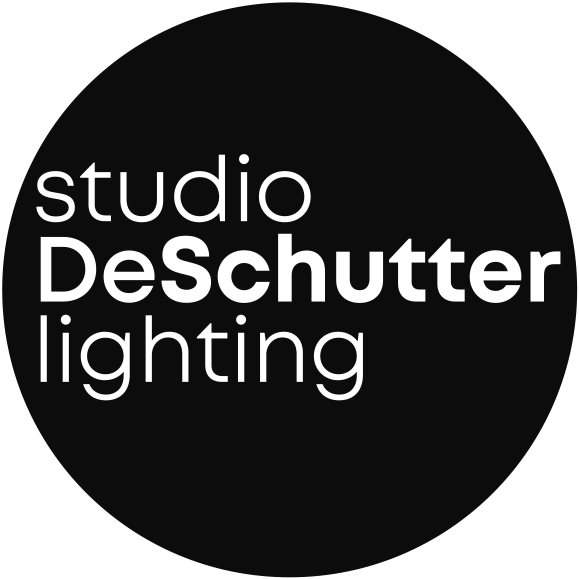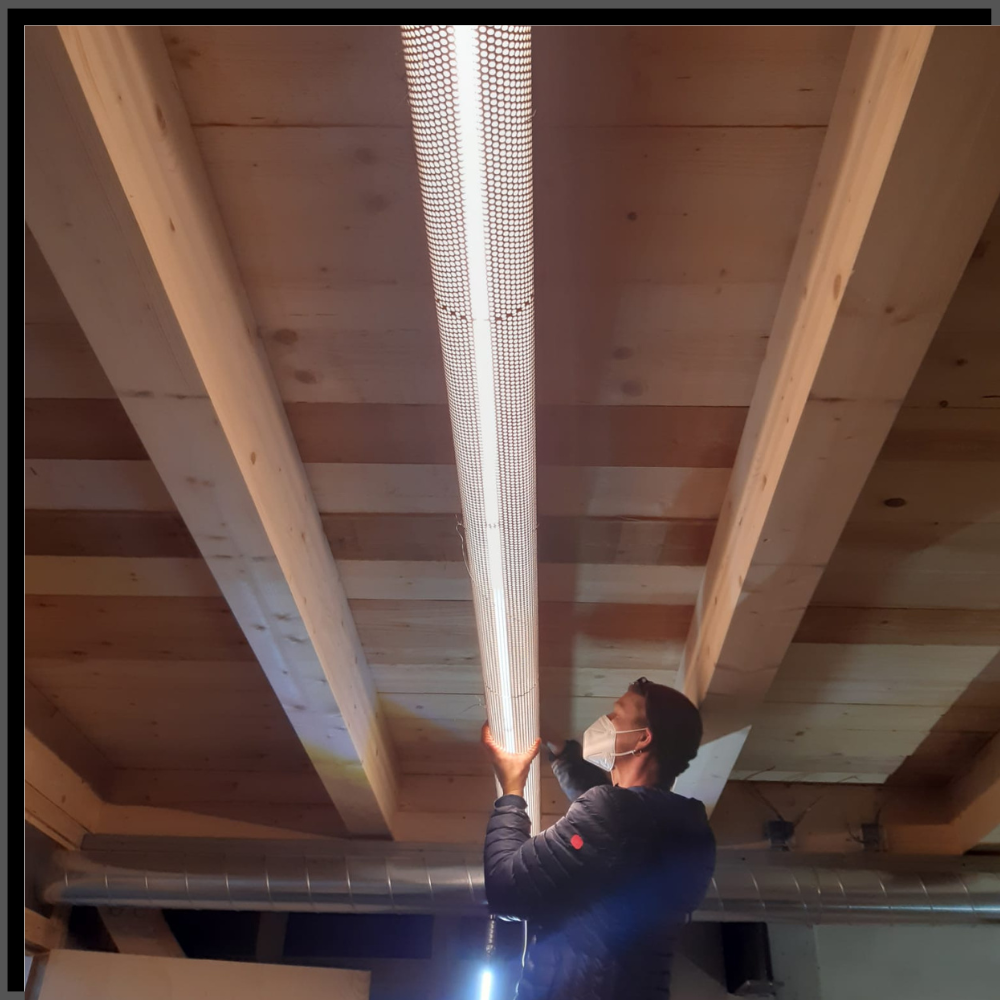How Many Lux at the Workplace?
As lighting designers based in Berlin and Antwerp, we experience every day that the question of the right illuminance cannot be answered with a simple number. What truly matters is the interplay of function, atmosphere, and sustainability, only then do workplaces emerge that promote both efficiency and wellbeing.
The question “how many lux at the workplace?” may sound simple, but the answer is far more complex than the often-quoted 500 lux. People don’t see in lux. What we actually see is reflected light. Lighting is not just about brightness, but about the task, the environment, the materials, and the colors, in short, about perception.
Why 500 Lux Is Not Always the Solution
In many standards and guidelines, 500 lux is mentioned as the benchmark for office workplaces. But this number is only a reference value. It represents average tasks such as reading, writing, or working on a screen. Lux is norm-driven and tells us little about how light actually feels, since our perception of brightness depends strongly on material and color.
In practice, the ideal lighting level depends on several factors:
✨ Type of task – detailed work in laboratories or workshops requires significantly more light (up to 1,000 lux or more). Creative zones, lounges, or rest areas may only need 300 lux.
🌿 Atmosphere and well-being – overly bright, uniform lighting can be tiring. Layered concepts with light contrasts enhance focus and comfort.
⚡ Daylight integration – workplaces with abundant daylight need less artificial light.
♻️ Sustainability – unnecessarily high lux levels mean higher energy consumption. A differentiated lighting strategy saves resources.
Lighting design means shaping perception
A lighting calculation is not lighting design. It’s merely a proof of how much light reaches the work surface, it says nothing about its effect. As lighting designers, we design perception, comfort, and compliance, in harmony. Or we question the norms and guide our clients towards a balance between measurement and experience.
As Sabine De Schutter puts it:
“To design light is to create emotional logic – a balance between numbers and intuition, between technique and empathy.”
Light should be experienced, not just calculated. That’s why mock-ups and on-site lighting samples are an essential part of our process. Only when light tells a story does it become part of a space’s identity.
A modern workplace needs more than a number, it needs a thoughtful concept that connects function, atmosphere, and sustainability. Good lighting design means taking responsibility, for energy, for perception, for people.
👉 Stay inspired – subscribe to our newsletter
Regular insights from projects
Expert articles from our teams in Berlin and Antwerp
👉 Turn your vision into a lighting concept with us
Consulting from first analysis to implementation
Expertise for workplaces, architecture, and sustainable concepts




